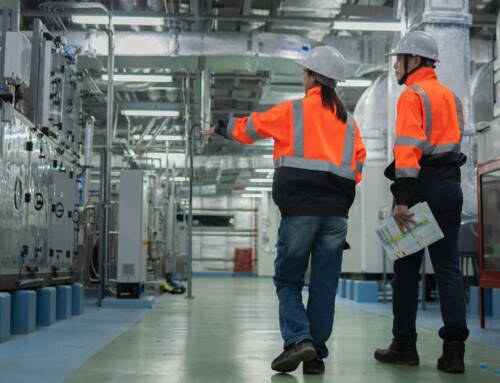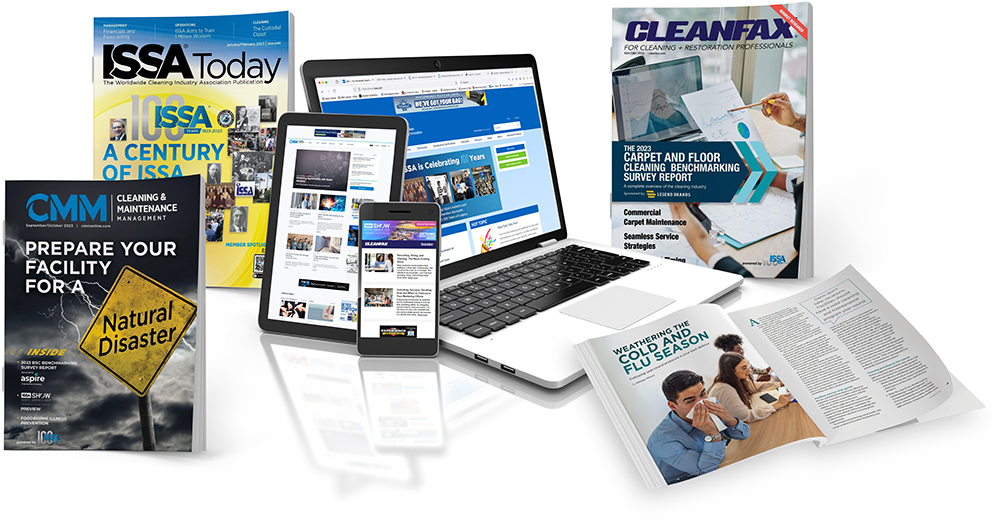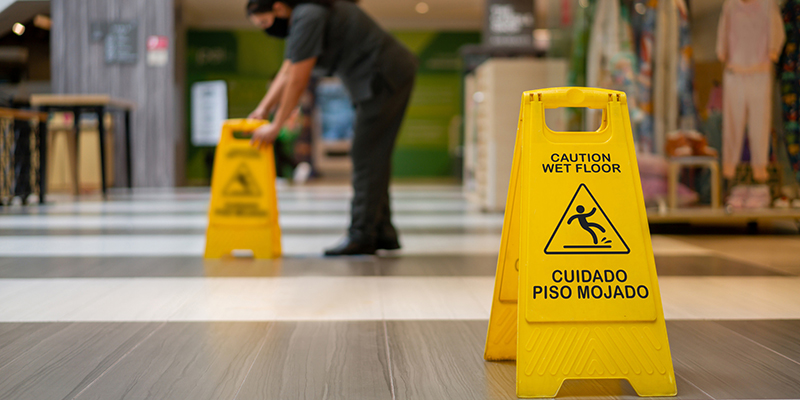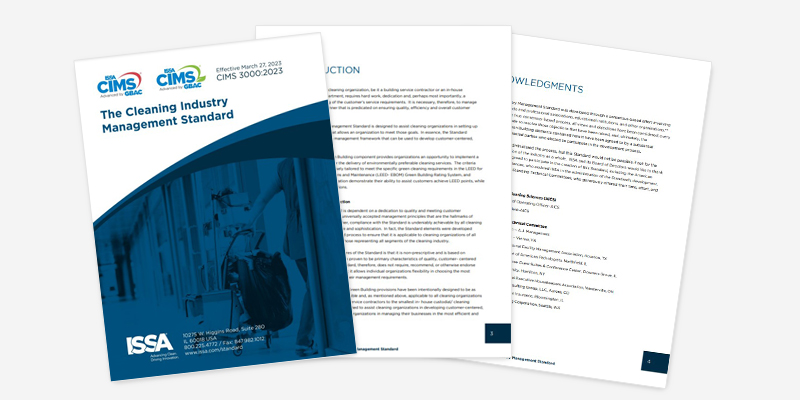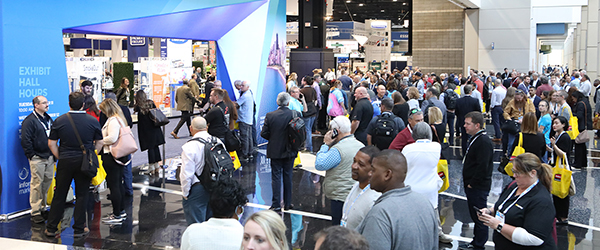How Can You Improve Indoor Air Quality: Practical Cleaning Tips
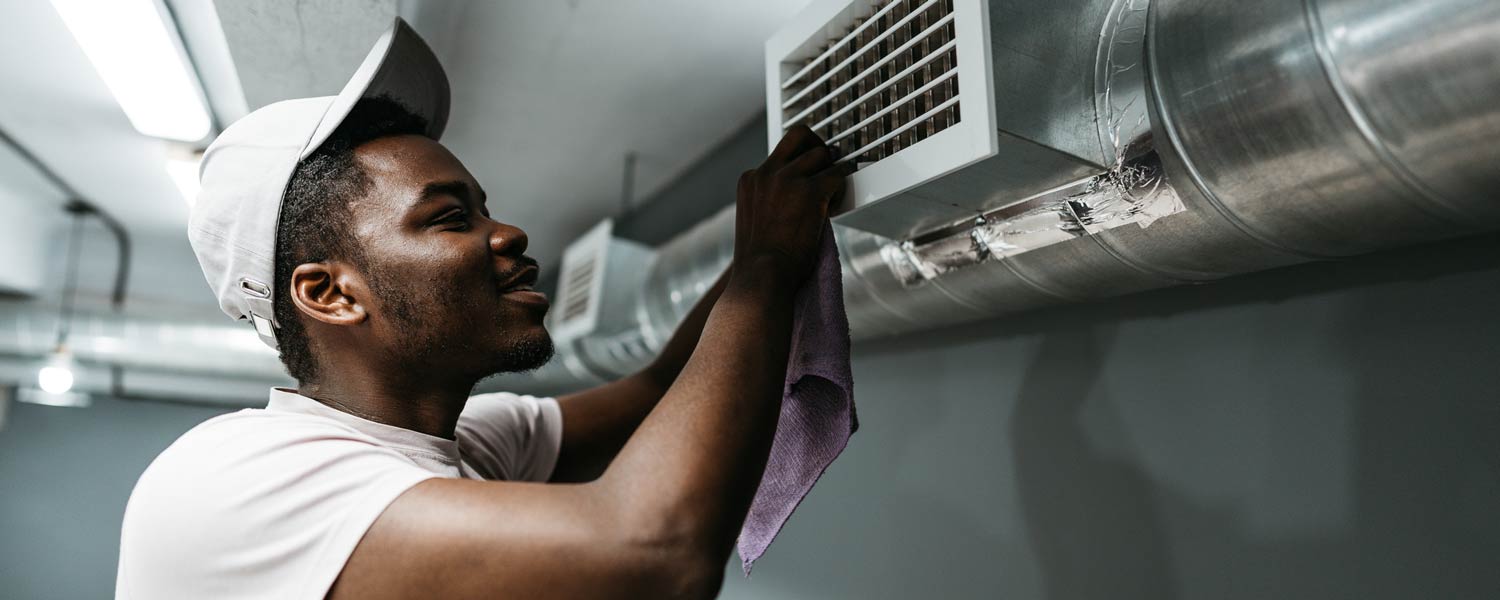
How can you improve indoor air quality
Indoor air quality (IAQ) has a direct impact on building comfort, occupant health, and facility performance. If you’re asking “how can you improve indoor air quality”, you’re asking the right question. By aligning cleaning practices, facility standards, and strategic maintenance, you can make meaningful improvements.
In the cleaning and facility-management world, focusing on air quality isn’t just about ventilation—it’s about how cleaning protocols, materials, and standards all contribute to the air we breathe. Below we’ll explore what indoor air quality means, why it matters, and concrete steps you can take to improve it.
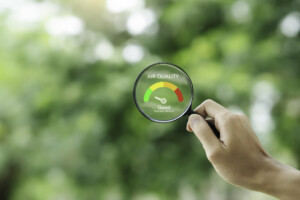
Why indoor air quality matters
When indoor air quality is poor, occupants may experience symptoms such as fatigue, headaches, allergy aggravation and reduced productivity. By contrast, good IAQ supports healthier, more comfortable environments.
According to the Occupational Safety and Health Administration (OSHA), indoor-environment risks are among the most common health complaints in workplaces. OSHA Improving IAQ is therefore both a health priority and a business priority.
Understanding the role of cleaning standards in IAQ
When asking “how can you improve indoor air quality”, one often-overlooked lever is the cleaning process and the standards it follows. The ISSA’s cleaning standards help ensure consistent, measurable cleaning performance.
Here’s how cleaning standards contribute:
- Dust & particulate control: Effective cleaning removes dust, dander and debris that become airborne.
- High-touch surface hygiene: Regular cleaning of desks, fixtures and HVAC returns reduces contaminants.
- Systematic monitoring: Use of audit frameworks and measurement tools ensures cleaning is working.
- Process consistency: Standards like those from ISSA provide repeatable practices for facilities across types.
By adopting standardized cleaning protocols, you’re directly supporting better indoor air quality.
Practical steps to improve indoor air quality
Here’s a step-by-step approach you can take. These tasks are actionable and tied to cleaning operations:
-
Assess your current situation
- Conduct a visual and measurement-based audit of air quality (e.g., dust levels, HVAC filters, air flow).
- Review your cleaning program—how often are high-touch and high-dust zones cleaned?
- Benchmark against standards like the ISSA Clean Standard.
-
Improve HVAC & ventilation support
- Ensure HVAC filters are changed regularly and rated appropriately (MERV 13 or above for many commercial settings).
- Keep supply and return vents clean and unobstructed.
- Work with your mechanical team to boost fresh air exchange and monitor CO₂/air-flow where possible.
-
Upgrade cleaning protocols
- Use microfiber cloths and vacuum systems with HEPA or high-efficiency filtration.
- Adopt “top-down” cleaning (dust higher surfaces first, then lower ones) to capture particulates before they settle.
- Increase frequency for zones with high occupant density or known contaminant sources (kitchens, break rooms, restrooms).
-
Use equipment and products wisely
- Select cleaning agents that don’t release high levels of volatile organic compounds (VOCs).
- Ensure tools are cleaned after use so they don’t become sources of contamination.
- Consider air-purifying devices or portable units in high-risk zones (e.g., medical office waiting rooms).
-
Monitor and measure effectiveness
- Set metrics: e.g., particle counts, dust load, filter pressure drop, occupant complaints.
- Use audit forms, checklists or digital systems to track.
- Make corrective actions when measurements fall outside target ranges—this aligns with standard frameworks like those from ISSA.
-
Train your team
- Train cleaning staff on why IAQ matters and how their actions impact air health.
- Establish protocols for cleaning in sensitive areas (labs, classrooms, healthcare spaces).
- Encourage staff feedback and continuous improvement.
How cleaning standards tie into air-quality improvement
By following recognized cleaning standards, you gain a structured program that supports better indoor air quality:
- The ISSA Clean Standard provides a method for measuring cleaning effectiveness, using both visual inspection and quantitative tools (like ATP meters) to validate performance. ISSA
- These standards ask facilities to define current state, monitor, record corrective actions, and train staff. That same cycle helps maintain clean air.
- Another standard, the Cleaning Industry Management Standard (CIMS) from ISSA, helps organizations maintain quality systems and operational consistency—again supporting underlying IAQ goals.
When you treat cleaning as a strategic part of indoor-environment health and not just “making things look clean,” you’ll see lasting improvements in air quality, occupant satisfaction and facility performance.
Common challenges — and how to overcome them
Here are some of the typical obstacles facilities face when trying to improve indoor air quality—and practical fixes:
- Challenge: Dust returns shortly after cleaning.
Fix: Review high-dust sources (external entry points, poor filtration), increase ventilation and clean top surfaces first before lower ones.
- Challenge: HVAC filters clog too quickly.
Fix: Check filter size and rating, increase intake of fresh air, ensure vents are cleaned regularly and that outdoor air quality isn’t heavily contributing to particulates.
- Challenge: Cleaning staff don’t understand why IAQ matters.
Fix: Provide training linking cleaning tasks to occupant health and air quality—this increases buy-in and performance.
- Challenge: Lack of measurement or feedback loop.
Fix: Adopt standard audit tools (e.g., ISSA Clean Standard) and review results regularly with your team, adjusting processes accordingly.
Conclusion
If you’ve been asking “How can you improve indoor air quality?”, the answer lies in integrating cleaning standards, smart protocols and continuous measurement into your facility plan. From dust removal to ventilation support, cleaning plays a major role in the air we breathe.
By aligning your operations with recognized frameworks (such as those provided by ISSA) and adopting practical steps—assessment, cleaning upgrades, monitoring and training—you’ll create healthier, more productive environments.
Feel free to explore the ISSA Cleaning Standards for more detailed guidance on elevating your cleaning program and supporting indoor air quality.

